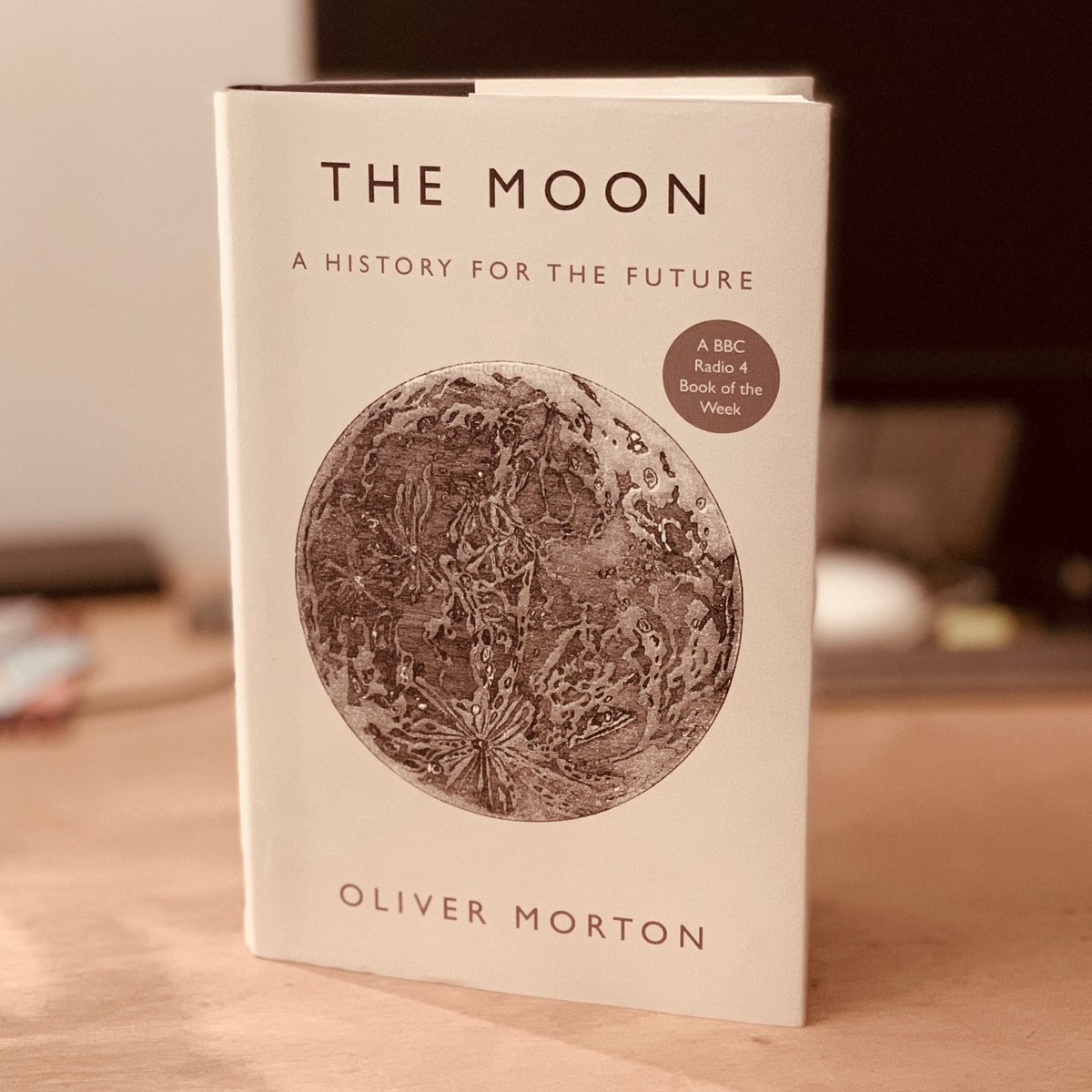How to stop being afraid and learn the atomic bomb
The first part is devoted to the events that began in Europe at the dawn of the 20th century and eventually led to the launch of the Manhattan Project – we are talking primarily about scientific discoveries in the field of nuclear physics. Rhodes presents in detail the main characters: Leo Szilard, Niels Bohr, Ernest Rutherford, Enrico Fermi, Robert Oppenheimer, Hungarian, German and British physicists and chemists. Some (for example, Fermi, Szilard or Bohr) become permanent participants in events, sometimes changing their role and receding into the background, others (Rutherford) perform their function and leave the action, others (Oppenheimer or Edward Teller) briefly appear at the beginning, but then disappear from fields of view and return much later.
Rhodes describes in detail all stages of the origin and development of atomic physics: the discovery of the structure of the atom and atomic nucleus, the creation of quantum theory, the discovery of beta radiation, the discovery of the neutron. A sequence of laboratory discoveries and fundamental theoretical work leads to the idea of nuclear fission, which Otto Hahn was able to realize experimentally. Let us repeat that to wade through a huge number of names and through explanations of not the simplest physical effects, while not missing anything, is perhaps not the easiest task, but in the end the reader has a holistic picture. It also helps that today many of the names mentioned by Rhodes are enshrined in the names of physical effects (some of which also occur in school) or chemical elements.
In addition to describing specific scientific experiments, discoveries and theories, the author shows how science was generally structured in the first half of the 20th century. Rhodes discusses the scientific method, accepted practices, the principle of collective agreement, and shows that at the beginning of the 20th century, science was still needed primarily by scientists themselves. In many respects it is similar to modern science, but in some respects it is noticeably different: today, having become much more widespread, science has partly lost its romantic flair.
Rhodes immediately inscribes all scientific discoveries in the historical context: they were made when political tension persisted in Europe and, both within individual countries and in relations between states, the Jewish question was aggravated. And most importantly, there was a difficult and extremely cruel First World War, which subordinated the progress of fundamental and applied science to its goals. As a result, the mechanization and rigidity of military methods gradually increased: the military began to use chemical weapons, the practice of strategic bombing appeared, which entailed an ever-increasing number of casualties among both soldiers and civilians. Rhodes illustrates the possibility of unexpected intertwining of political and fundamental scientific problems with the story of Chaim Weizmann, a biochemist who, during World War I, helped British troops obtain acetone for the production of cordite, and many years later became the first president of Israel.
The specificity of the political situation in Europe in the period between the two world wars became the reason that it was the United States that gained an advantage in the development of atomic weapons. Rhodes describes the successive expulsion of Jewish scientists from Germany, Hungary, Austria, Italy, Denmark. Almost all of them ended up in the United States by the beginning of World War II. The alternative could be Great Britain, but it did not have sufficient resources: no funds, no materials, no people.



